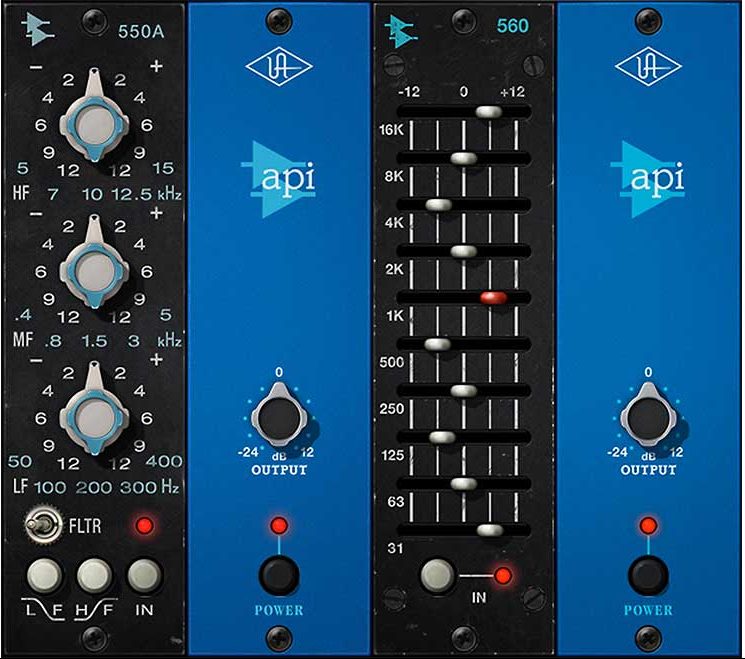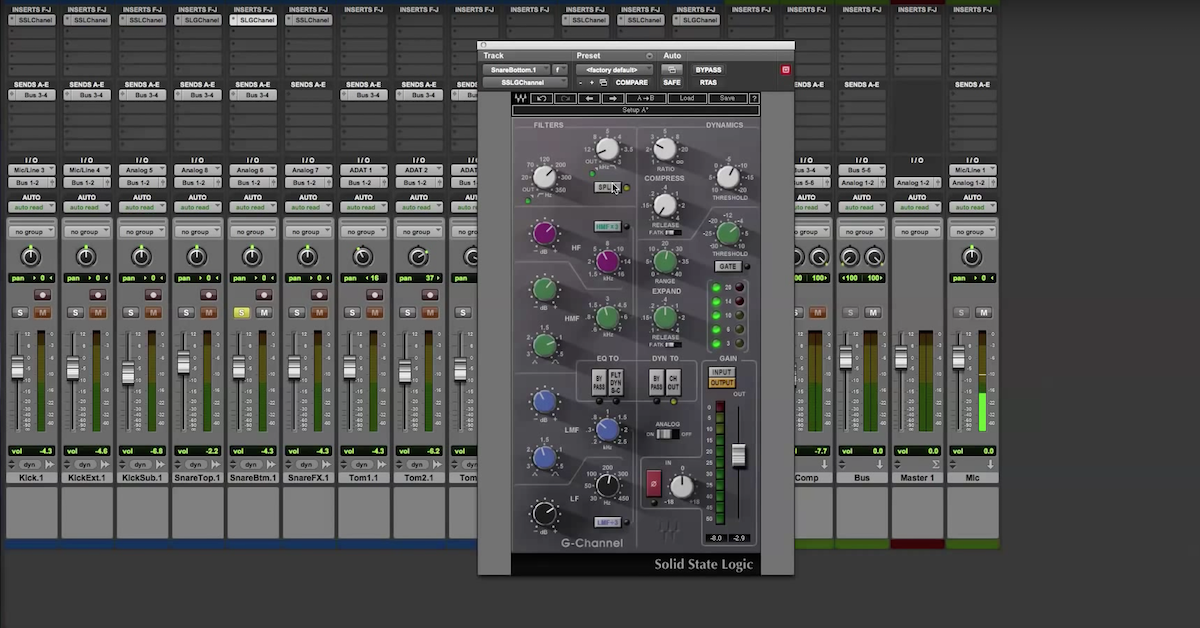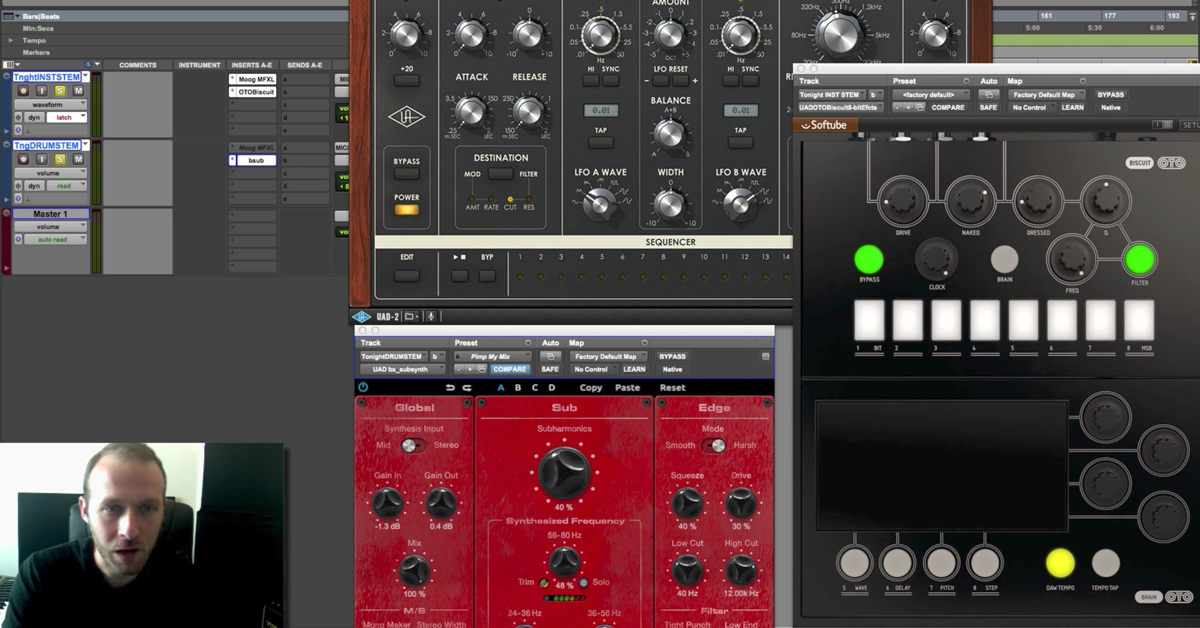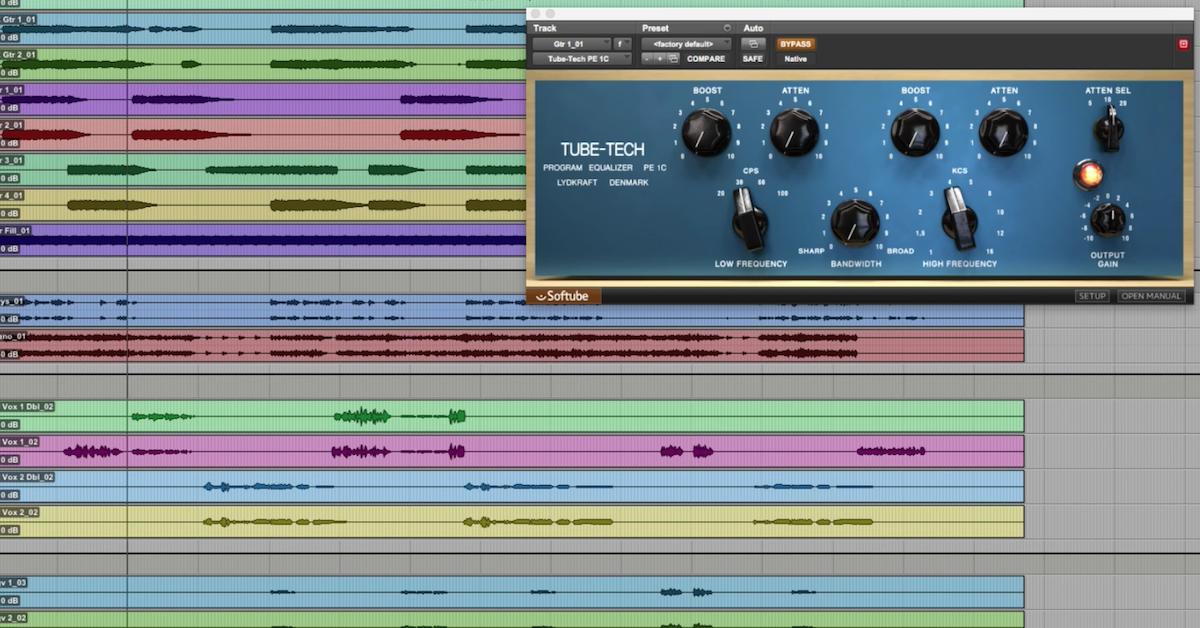20 Favorite UAD Plugins (+ Mix Tips)
Article Content
The centerpiece of my home studio is a Universal Audio Apollo x8. The flexibility, sound quality and reliability make it a perfect interface for recording, production and mixing. To complement their impressive line of interfaces, which also include the Apollo Quad, Twin, Solo and newer Volt, Universal Audio have been making some of the finest analog emulation plugins for over a decade now. Beneath are the UA plugins that I use most often.
1. Studer A800
If I had to choose just one plugin from UAD, this would be it. It’s a mainstay on my drum buss and other sub-aux tracks. It can also really warm up a master buss and is excellent on lead vocals and close-miked drums.
There are so many tonal options with this plugin — it’s like an EQ, compressor, saturator and signal destroyer all in one.
Tip: Experiment with the bias setting. Try bringing it down to just before the signal starts breaking up, and then push the input for instant vintage saturation and excitement.
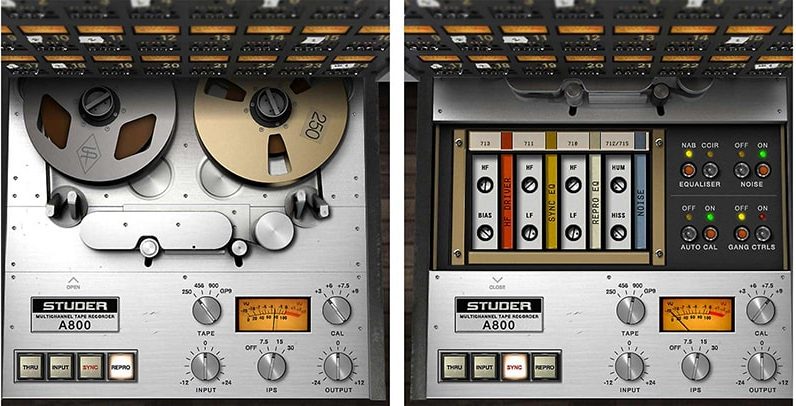
2. Neve 33609 Compressor/Limiter
This compressor, which models the classic Neve hardware, is a regular on kick, snare, drum buss and master buss.
If you’re looking to “glue” multiple sources together and add instant excitement without killing your dynamic range, this is my favorite compressor.
Tip: Send your bass in parallel to the 33609 and push the input to add excitement and vibe, while still maintaining the dynamics of the original signal.

3. Neve 1073
Depth, clarity, bite, mayhem — normally I choose a specialty EQ to add one of these qualities to my audio. The 1073 can achieve all of it and more. It’s super smooth and I’d describe it as “forgiving” on vocals, but it works on pretty much anything.
Tip: Use this in Unison in conjunction with an Apollo interface, and set it to mic level when recording electric guitar for the most absurd, fuzzy, 70’s lead guitar tone I’ve ever achieved in the box. Make sure to turn the output way down!
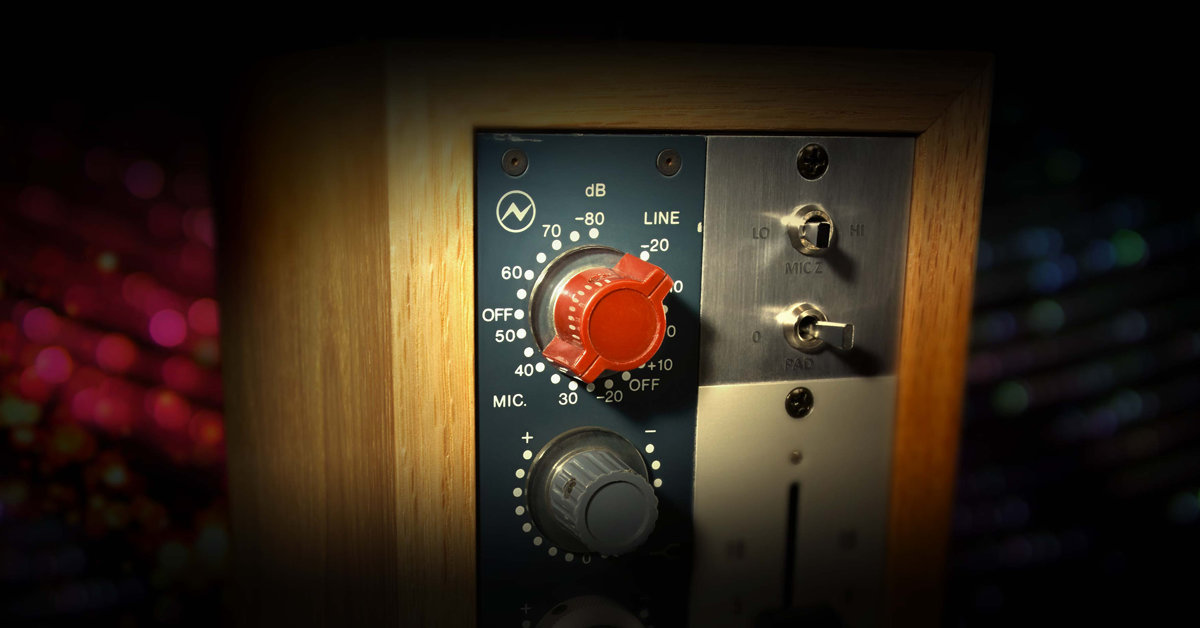
4. Manley Massive Passive
The original hardware unit is one of the most widely used equalizers in mastering. Try this plugin — add a generous amount of 12 or 16 kHz to the two-buss and you’ll see why.
Tip: Run this in parallel on lead vocals or a vocal aux, and add a substantial amount of gain (anywhere from 1 kHz to 27 kHz) to add whatever the vocal might be missing — whether it’s bite, clarity or air. Be mindful not to push the volume of that aux track too much. The high-end is unmatched.

5. Harrison 32C
A great Swiss Army Knife equalizer. Intuitive and easy to use, but also full of character and interesting tones.
Tip: Whereas the upper midrange of most plugin equalizers can be harsh and brittle, this EQ is really pleasing in that range. Try it on electric guitars, with a couple dB of gain (anywhere from 1 – 3 kHz) for bite without the fatiguing quality that other plugins can sometimes add.

6. LA-2A Collection
Despite having minimal controls, this emulation of the classic hardware compressor is extremely versatile. The fact that you get several variations makes the collection even more powerful.
Tip: These compressors have their own unique tonal characteristics in addition to being adept at managing dynamic range. Experiment with the different versions in the collection before reaching for an equalizer.
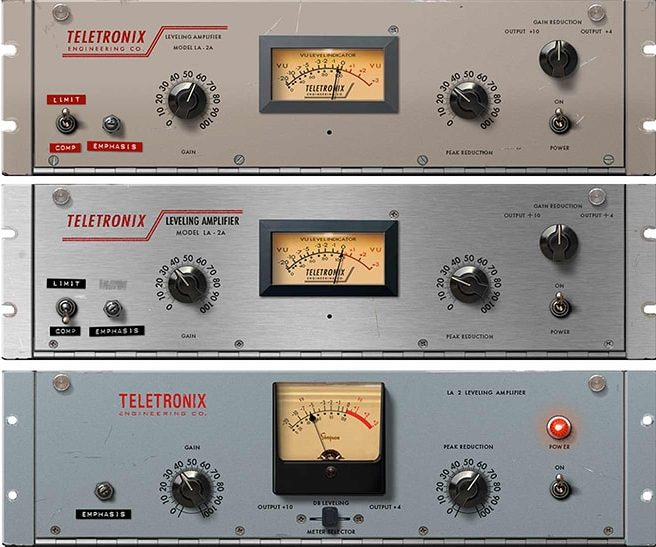
7. Ampex ATR-102
This tape emulation plugin is perhaps even more versatile than the Studer A800 given that it has a built in delay and additional tape characteristics. For warmth and midrange vibe, I’ll reach for the A800. For clarity and sheen, I usually choose the ATR-102.
Tip: Experiment with the wow, flutter and noise features to make your VST synths sound more “drifty” and analog.
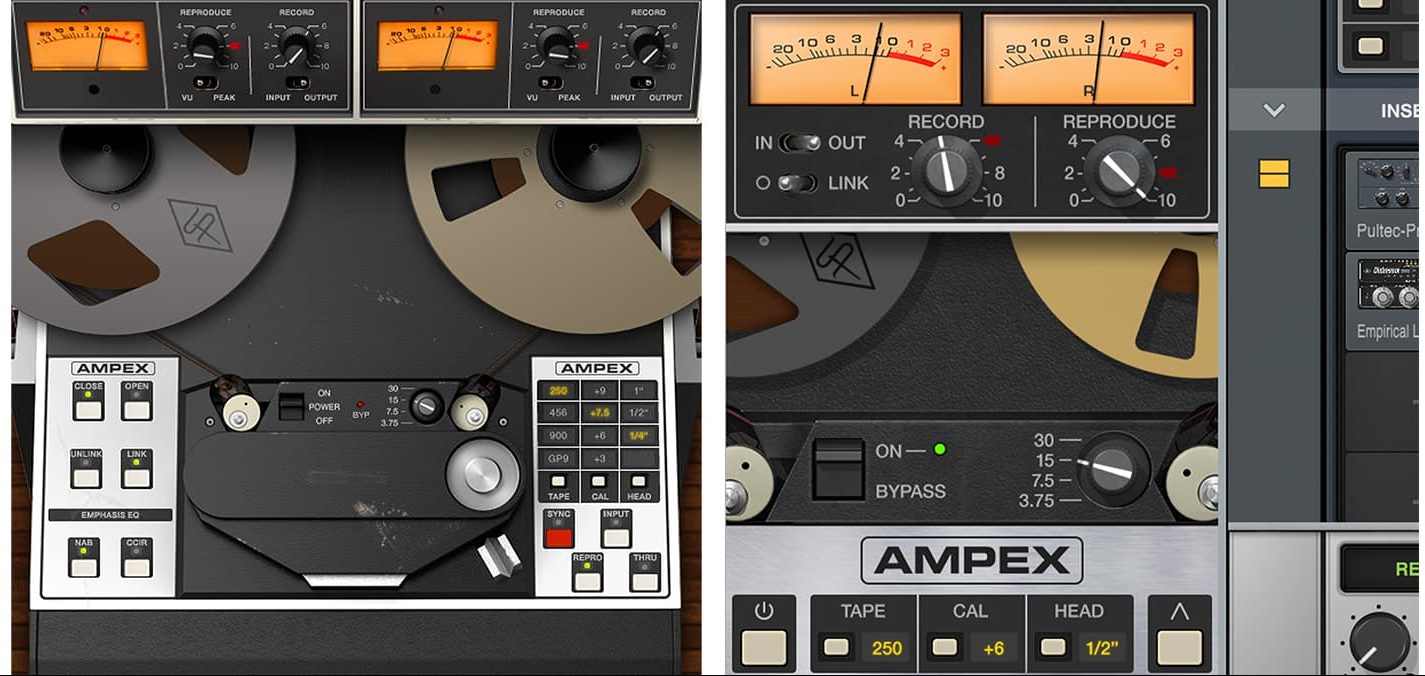
8. dbx 160
Use it on snare. It’s “that” sound, instantly.
Tip: Seriously: snare drum.
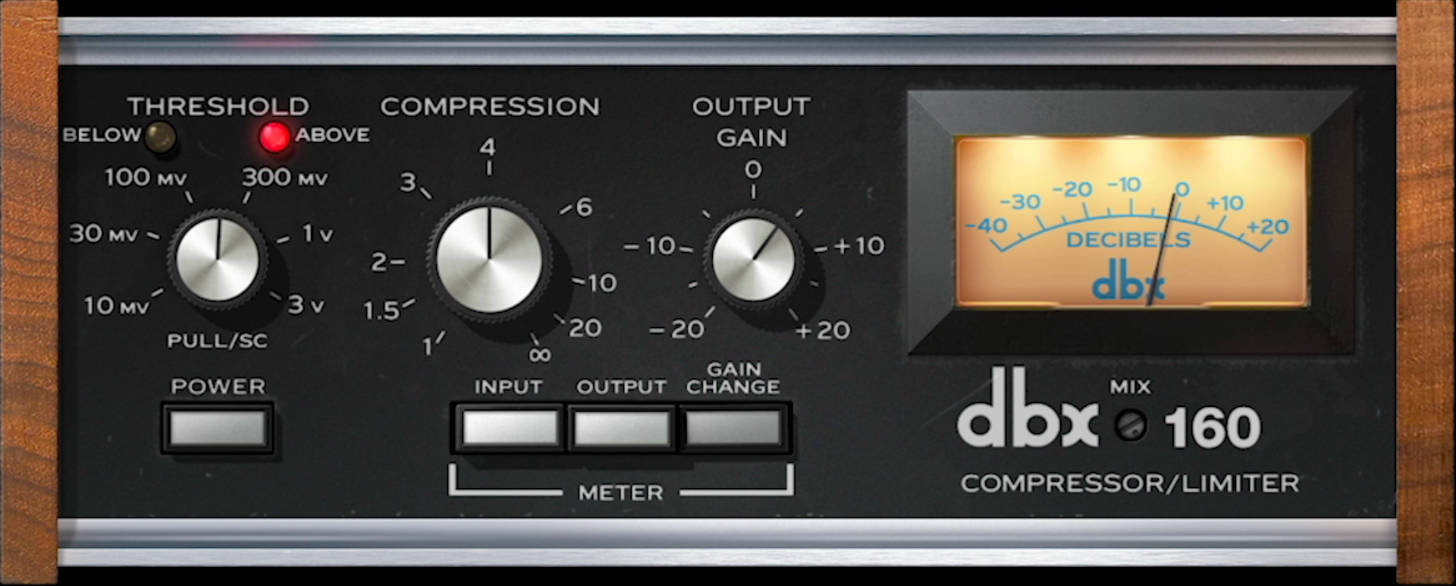
9. Shadow Hills Mastering Compressor
It can be intimidating to use this one for the first time if you’re not familiar with the original hardware unit or well-versed in compression, but get past the initial learning curve and it’s one of the most versatile plugin compressors.
Tip: To retain and even enhance the bass response of program material, make sure to engage the sidechain function, and choose the “steel” transformer setting.
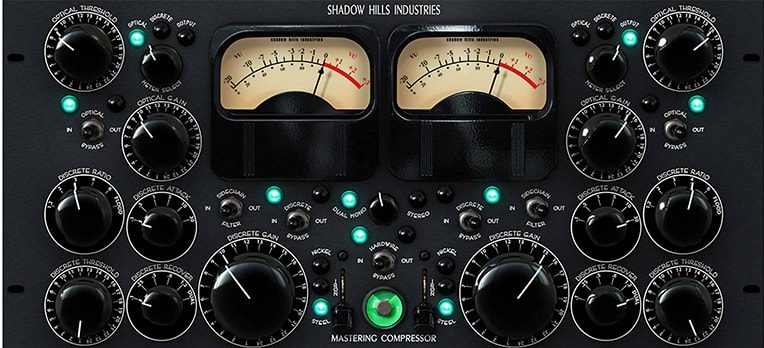
10. EMT 140
Another emulation of a classic unit, this is one of the only reverb plugins that “feels” like a piece of hardware.
Tip: Between the different plates, input filter and EQ settings, you’ve got a ton of options. Try doing something drastic like adding 12 dB somewhere between 1-6 kHz with the plugin’s EQ engaged for any track you want to really stand out. I feel confident “pushing” a lot of these plugins, and the EMT 140 is no exception.

11. Tube-Tech CL 1B
Silky smooth and easy to use, the original CL 1B Optical Compressor has been a mainstay on lead vocals. More recently, Universal Audio updated to a MK II version which features enhanced graphics, a low cut sidechain option to prevent low frequencies from overwhelming the compressor and a dry/wet blend knob for parallel processing duties.
Mix Tip: In addition to using the CL 1B on individual vocal tracks, I’ll sometimes place an instance on my vocal buss, through which all lead and backup vocals run. I’ll use pretty conservative settings — usually a 4:1 ratio, medium attack and release, and set the threshold so that only about 1.5 dB of gain reduction is being done. The gentle kiss of the Tube-Tech is a perfect finishing touch to get vocals to sit in place.

12. Empirical Labs EL8 Distressor Compressor
I remember the hype surrounding the release of this plugin — which was entirely understandable because it was the first faithful emulation of the legendary compressor from Dave Derr’s New Jersey-based company Empirical Labs. Did it live up to the lofty expectations? Of course it did. The EL8 plugin was instantly adored by top engineers for capturing the character, versatility and overall feel of the hardware, at a fraction of the price.
Mix Tip: It’s a bit hard to pick just one, because the Distressor does so many things so well. It’s ultra-fast attack and “nuke” limiter setting can be used to obliterate drum rooms, or it can be used more subtly at a lower ratio to warm up vocals. Pretty much everything you throw at this plugin can be enhanced if you take the time to learn it’s features. So I suppose my advice is to “RTFM” because this compressor has proven to be endlessly valuable, no matter how I use it.
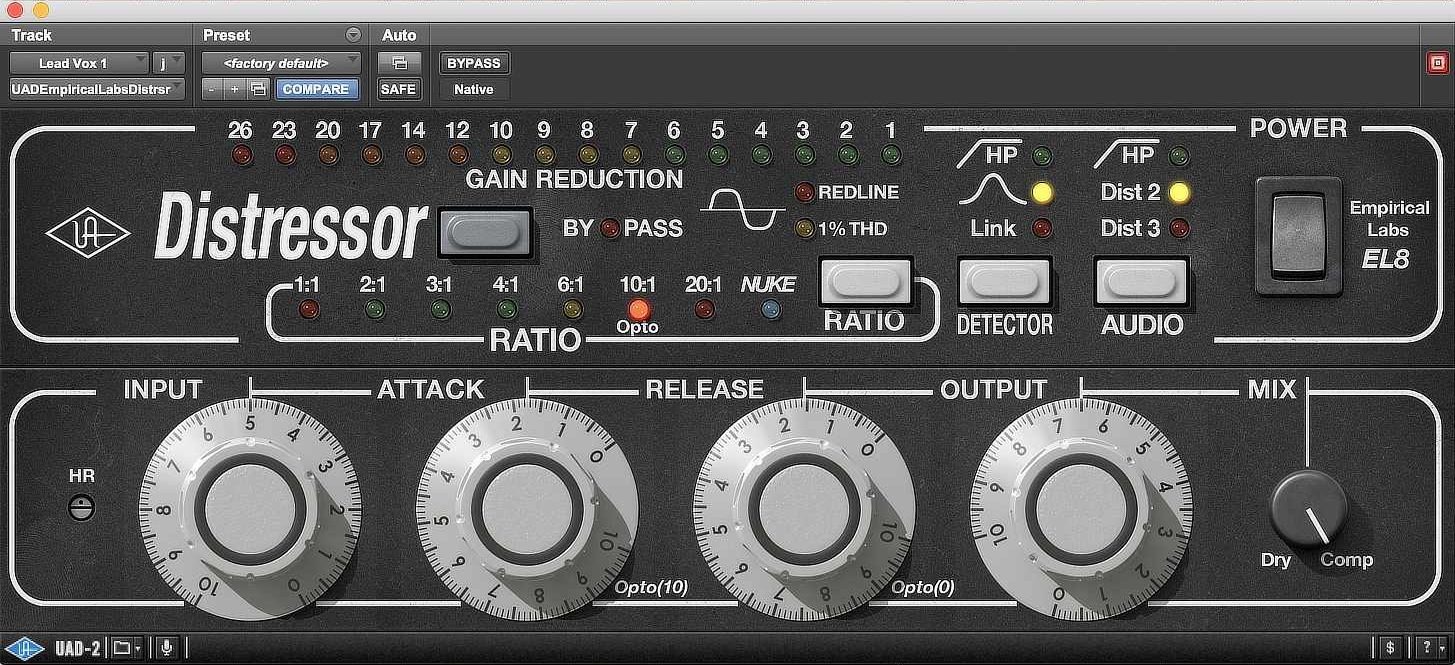
13. Galaxy Tape Echo
Modeled after the celebrated Roland RE-201 tape delay/spring reverb unit, which still sell for well over $1,000, I use the UAD Galaxy Tape Echo for anything that is in need of murky, warbly, character-rich reverb and delay tails. Vocals, guitars and even drums and percussion can benefit from the harmonically-complex timbre of this plugin. Drive the input to add saturation, and tweak the treble and bass to refine the sound even further. Separate reverb and delay volume and panning controls allow me to sculpt dense and dazzling tails.
Mix Tip: Let it howl. Turn the feedback up to where the plugin begins to self-oscillate and tweak other parameters as you see fit. Just be sure to record your performance either via automation or onto an audio track.
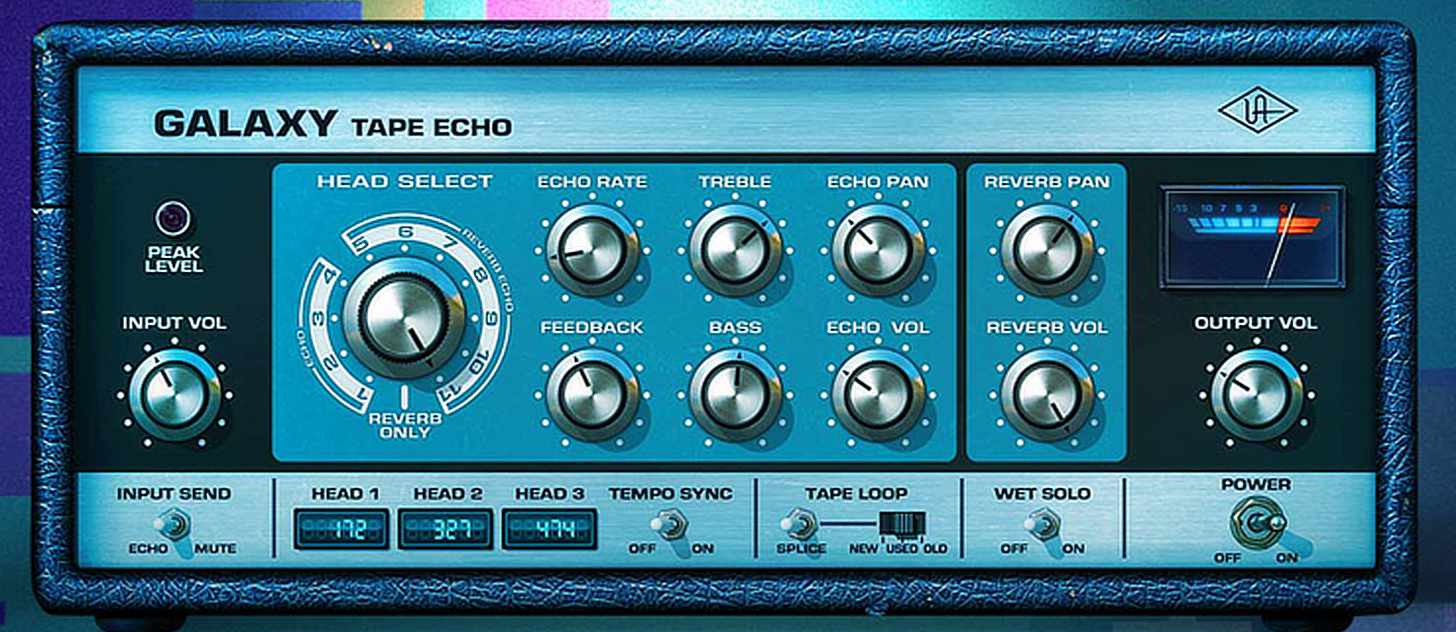
14. Brainworx bx_masterdesk
Developed by German plugin designers Brainworx, the bx_masterdesk adds both mojo and polish during mixing or mastering. It features a simple but great-sounding EQ section, four separate compressor modes to dial in the dynamics of your mix and useful M/S tools to tweak the stereo image of your mix including mono maker and stereo enhance knobs.
Mix Tip: On one hand, bx_masterdesk is a great “finishing touch” utility for a nearly finished mix. If your production is already sounding excellent, this plugin will make it that much better if used properly. On the other hand, you may want to consider “mixing into” masterdesk. Load it up very early in the mix stage, making subtle changes along the way, so that your track benefits from the character of the plugin from the onset.
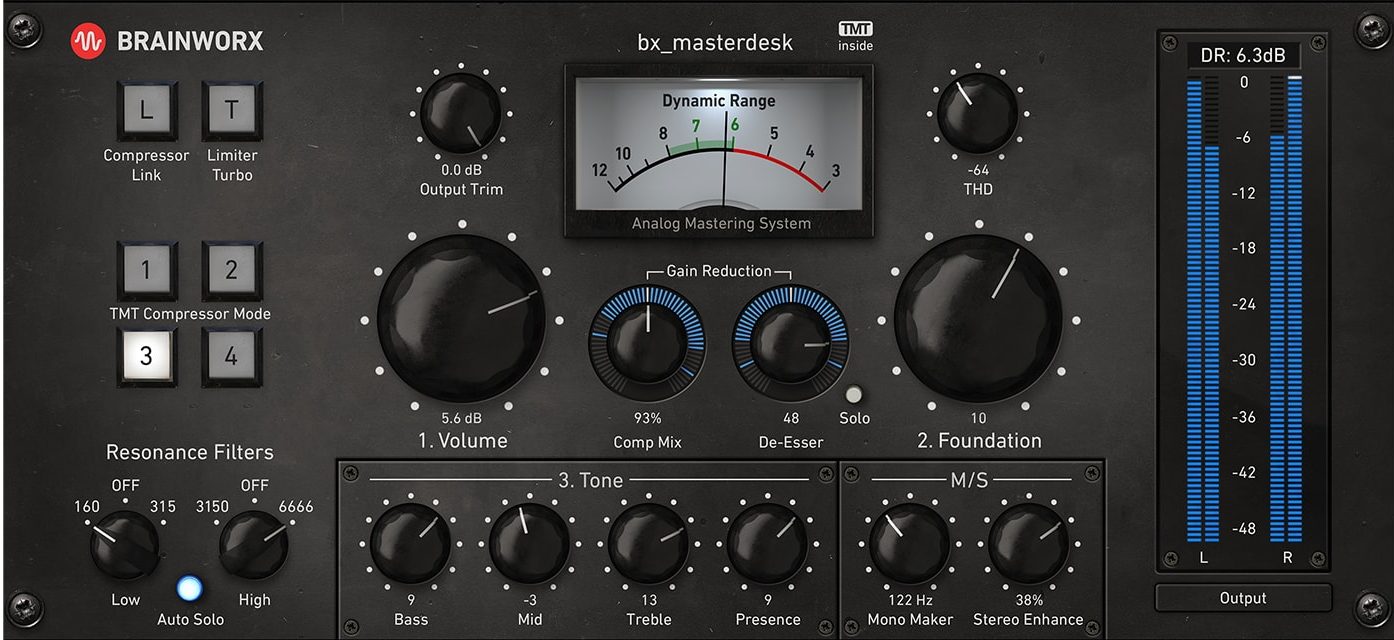
15. Fairchild Tube Limiter Collection
If you don’t have $50,000 to spare on one of these famed hardware compressors, I strongly recommend this wonderful plugin emulation of the classic unit used by The Beatles, Pink Floyd, Motown artists and many more. I use the 660 (and stereo 670) on virtually everything from silky smooth vocals, to squashed drum overheads and rooms, to thick & warm electric bass and much more.
Mix Tip: Understand the time constant knob. This feature, a unique control found on the original hardware, allows the user to alter both the attack and release times of the compressor. The thing to know about the Fairchild is that it’s got a pretty fast attack, and the release time can be incredibly slow (up to a whopping 25 seconds in position 6). Experiment with the different settings to unleash the full potential of this compressor.
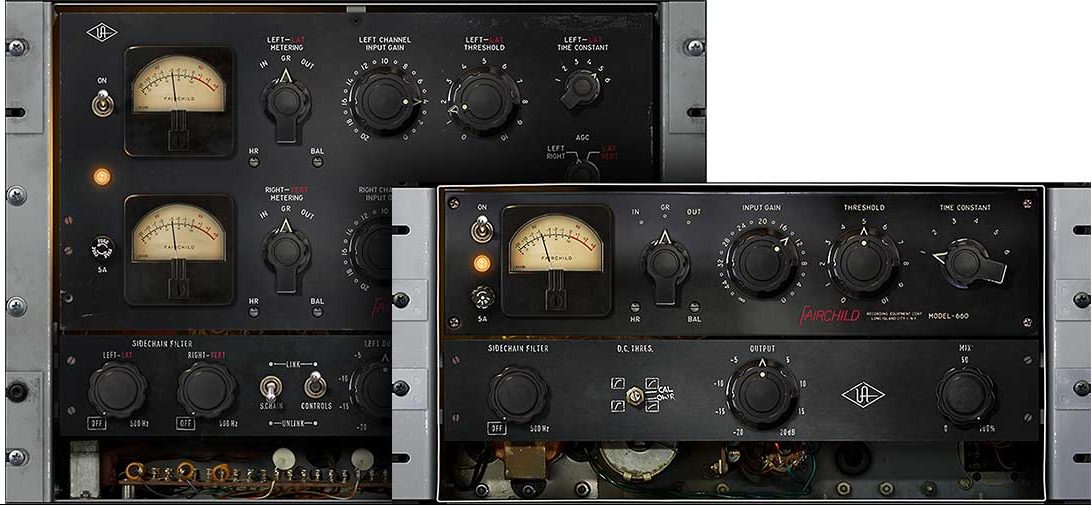
16. Empirical Labs Fatso™ JR. / SR. Tape Simulator & Compressor
Another plugin based off analog hardware by Empirical Labs is the Fatso. Granted, this is an entirely different beast than the EL8 Distressor. The Fatso gives users access to the sonic characteristics of tape, tubes and transformers. Fatso Jr. and Sr. versions are packaged together, with the latter featuring additional controls for the compressor, “tranny” saturation and side-chain filter. Both plugins can range from subtle saturation to blistering grit with just a tweak of a few (digital) knobs.
Mix Tip: These plugins excel on warming up any sound source that suffers from digital “chilliness,” whether it be a VSTi, a sample imported from an obscure library or audio captured with a mediocre preamp. While I love the Fatso on everything from drums, bass and synthesizers, my favorite application is on lead vocals. Fatso helps to round off the edges, so to speak, while also bringing the voice forward in the mix slightly.

17. Diezel VH4 Amplifier
I’m a bit of a purist when it comes to electric guitars, so it took me a while to get on board with the idea of using amp simulator software. But I continue to be shocked at the range and quality of tones available within plugins, all at a fraction of the cost of the actual amplifiers. Amp designer Peter Diezel signed off on this emulation of the 100-watt high gain monster that originally debuted in 1994. On a recent project, I needed a chugging, Metallica-esque tone, and neither my Vox AC30 nor Fender Princeton were designed for that kind of sound. I loaded up the VH4, tuned my guitar to dropped-D, and was almost instantly there. Check out the sound clip beneath and hear for yourself:
Mix Tip: Obviously this plugin excels at high-gain guitar sounds, but who’s stopping you from applying it to vocals for a special, megaphone-like effect? No one, that’s who. Try it on a breakdown or to help screaming vocals to cut through the mix.
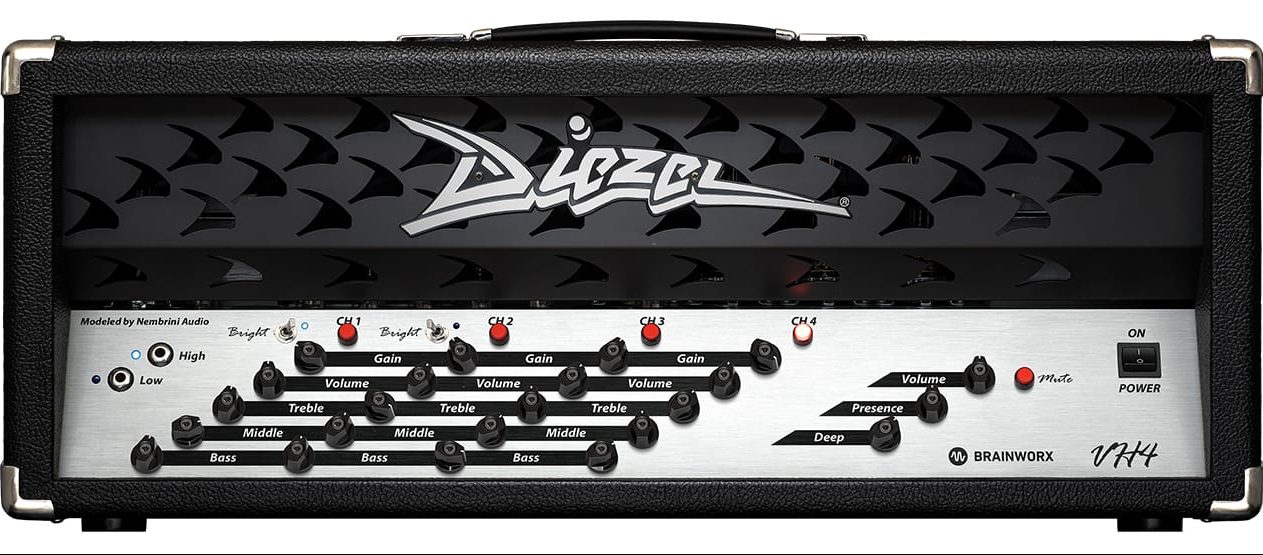
18. Fender ‘55 Tweed Deluxe
Universal Audio spent over two years collaborating with Fender Musical Instruments in developing the ‘55 Tweed Deluxe, which many consider to be the holy grail of guitar amplifiers. You can cover so much sonic territory with this plugin, from the classic clean Fender chime, to slightly gritty overdriven tones, to raw and raucous saturation. The Tweed Deluxe is so responsive to dynamics and pick attack, it’s truly hard to believe that this is a plugin.
Mix Tip: There’s a lot under the hood here. Between 3 different speakers, microphone configurations and different input mic/line options, it might take some tweaking to achieve exactly the tone your after. But it’s worth putting in the time, and it’s a lot of fun along the way.
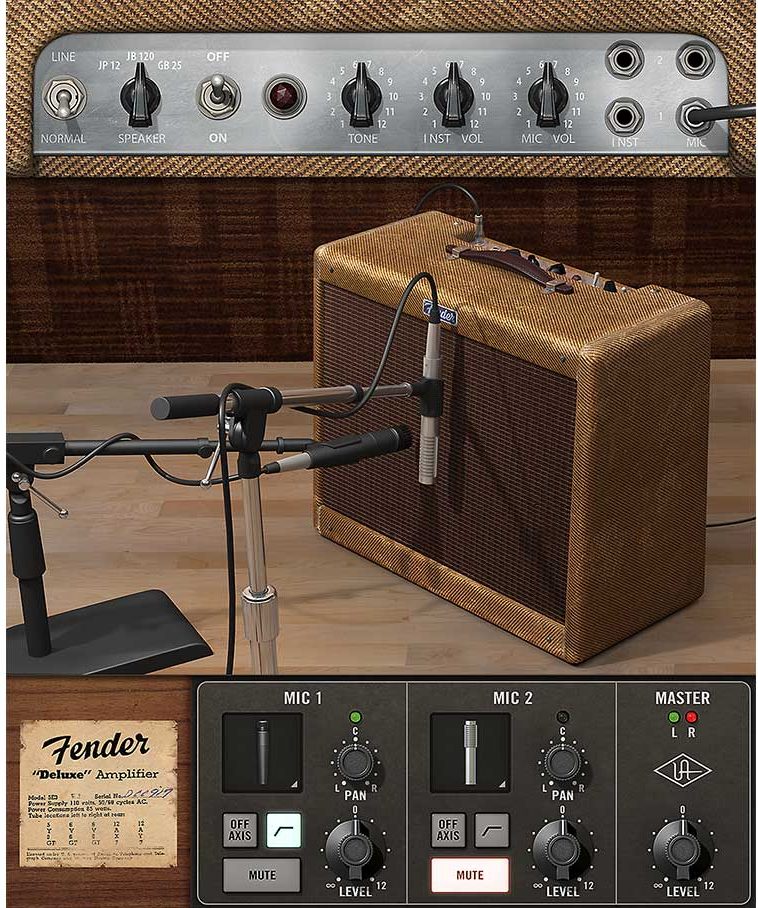
19. Oto Biscuit 8-bit Effects
This thing is serious fun. Modeled after the iconic French-made hardware unit, the Oto Biscuit is great for distorting, pitch-shifting, wave-shaping and generally mangling whatever you run through it. While the learning curve is somewhat steep, once I figured out how to unleash the full potential of this plugin, I find myself playing with it for hours on end — it truly is an instrument unto itself.
Mix Tip: While great for transforming recorded tracks during mixing, I find myself enjoying this plugin the most when tracking. I’ll plugin my guitar or synthesizer into my Apollo, insert an instance of the Biscuit using the UAD Console app, and fiddle way until I achieve the desired effect — ultimately recording my performance into Pro Tools, Logic or Ableton.
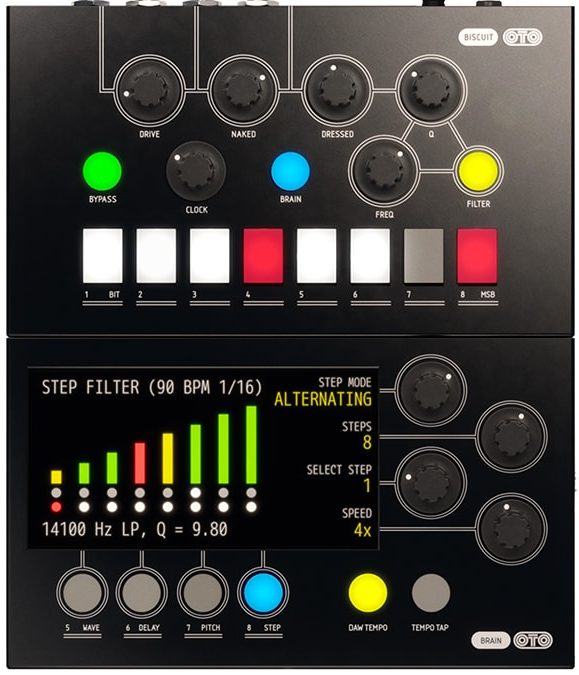
20. API 500 Series EQ Collection
Automated Processes Incorporated, API for short, is responsible for having created some of the finest studio equipment ever made. Their consoles, compressors, equalizers and preamps have been used during the production of countless hit records. Fortunately for us, Universal Audio meticulously emulated their 550A and 560 equalizers, modeled after units donated by legendary engineer Ross Hogarth and Capitol Studios.
Mix Tip: Understand API’s unique Proportional Q. A brilliant innovation designed by Saul Walker in the ’60s — equalizers such as the 550b intuitively widen the filter bandwidth at minimal settings and narrow it at higher settings, resulting in an EQ that feels musical and natural, without the need for additional bandwidth controls.
